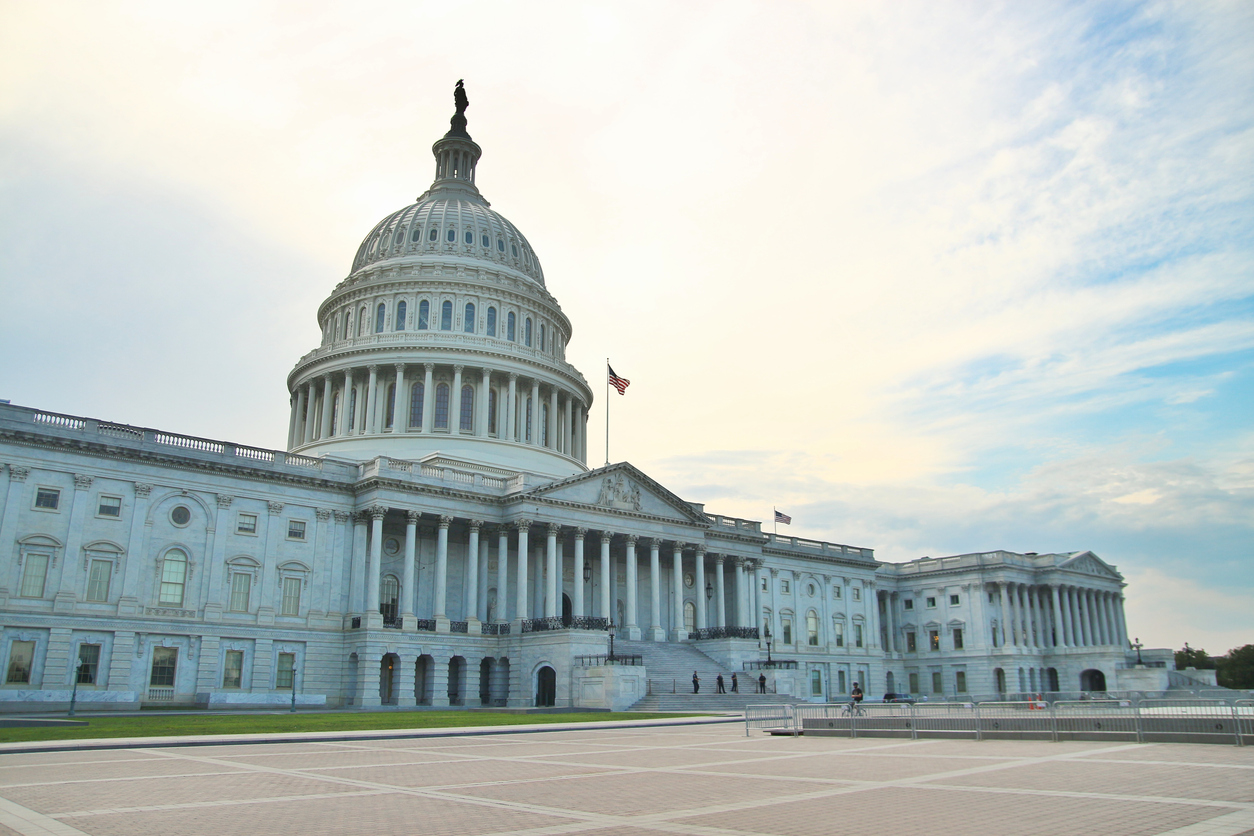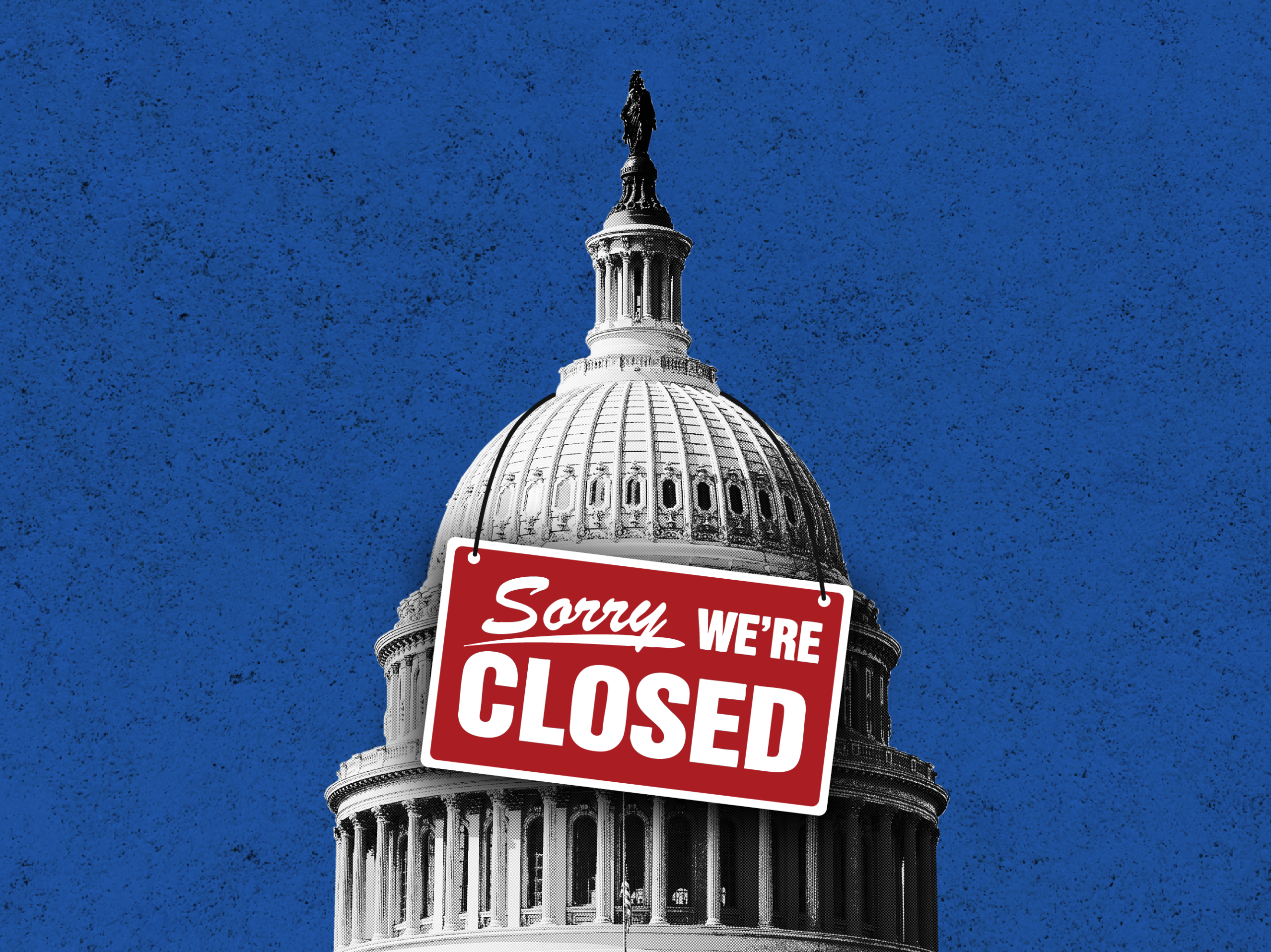Government Shutdown Ends After 41 Days: Senate's Bipartisan Lifeline Restores Paychecks and Aid – But December Drama Awaits
Late Monday night, the U.S. Senate approved a measure to end the government shutdown with a 60-40 vote that followed party lines. The bill provides funding for federal operations until January 30, 2026, includes back pay for affected workers, and supports key programs. It postpones a decision on health-care subsidies under the Affordable Care Act until December. For millions of Americans affected by the shutdown, this offers immediate relief after weeks of disruption.
The vote followed intense negotiations, with most Republicans joining seven Democrats and one independent to reach the required 60 votes. The agreement highlights the widespread impact of the shutdown on daily life, from household budgets to travel. The bill now moves to the Republican-controlled House, where Speaker Mike Johnson has called members back for a vote. President Donald Trump has indicated he would sign it if approved. These developments mark a key step in resolving the impasse.
Key Provisions of the Bill: Funding, Pay, and Program Support
The legislation addresses immediate needs with clear provisions. It extends federal funding through late January, preventing further service interruptions at agencies like national parks and passport offices. The roughly 1.4 million furloughed federal employees will receive retroactive pay, helping families manage bills after income disruptions.
The bill also renews support for food assistance programs such as SNAP, which serves over 40 million low-income households and helps maintain access to groceries during the holidays. Agricultural initiatives receive continued funding, supporting farmers and stabilizing food supply chains. However, the Affordable Care Act's premium subsidies remain unresolved, with a planned vote in December. Negotiators committed to addressing this, though uncertainties persist. Overall, the measure provides short-term stability while setting the stage for future discussions.

The U.S. Capitol stands as lawmakers reach a historic compromise to reopen the government, ending the longest shutdown in American history.
The Shutdown's Impact on People and Services
The shutdown affected real aspects of daily life, from worker finances to transportation. Many federal employees faced delayed paychecks, leading to difficult choices on essentials like rent and food. Contractors dealt with payment holds that strained operations. Air travel saw significant issues, including over 10,000 daily delays and thousands of cancellations, as the FAA reduced staffing at major airports like Atlanta and Chicago. These disruptions affected passengers, businesses, and supply lines for goods.
Senator Susan Collins, a key supporter of the bill, highlighted the importance of reopening government and ensuring federal employees receive their earned compensation. Lawmakers reported hearing from constituents about the hardships, which added pressure to reach an agreement. For those relying on federal aid programs, the shutdown created uncertainty, prompting a focus on restoring essential services.
Internal Reactions: Bipartisan Support Meets Democratic Criticism
The vote required cross-party cooperation, as a group of senators prioritized ending the shutdown over holding out for all demands. They viewed the deal as a necessary step to avoid extended harm, providing time to address remaining issues like subsidies.
Democratic leaders and advocates expressed frustration, seeing the compromise as a missed opportunity to secure longer-term protections for ACA enrollees. Debates on the floor included sharp exchanges, and online discussions called out the seven Democrats who supported the bill. This division points to ongoing challenges in building consensus, potentially affecting future budget talks. The reaction underscores the political costs of such agreements.
Economic Effects: How the Shutdown Influences Household Finances
Beyond Washington, the shutdown has rippled through the economy, affecting spending and growth in ways that touch consumers directly. Federal Reserve Chair Jerome Powell described the situation as challenging visibility, saying, “What do you do if you're driving in the fog? You slow down.” Analysis reviewed by Finance Monthly indicates the standoff reduced quarterly GDP by 0.8 percentage points, equating to about $55 billion in lost output, according to EY economists.
GDP measures the overall value of goods and services produced in the U.S., reflecting activity from businesses to households. A shutdown halts government contracts, inspections, and payments, which slows related sectors and reduces confidence. For consumers, this can lead to higher grocery prices from delayed farm support, dips in retirement savings from market volatility, and potential increases in borrowing costs as lenders react to uncertainty. Data from past shutdowns shows a drop in consumer confidence of up to 10 points, which limited retail sales by an estimated $1.5 billion during a previous short closure.
These events encourage businesses to hold back on investments, as seen when a mid-sized Ohio manufacturer postponed a $2 million upgrade in a prior shutdown, delaying jobs and raising local costs by 5%. This caution can increase household expenses, such as adding $200 a year to average debt servicing if economic recovery slows.
A practical step forward: Build your emergency savings to cover four months of expenses, accounting for vulnerabilities in areas like travel or agriculture. Monitor the Congressional Budget Office's shutdown cost updates at cbo.gov for timely insights. If the December subsidies vote faces delays, consider shifting 10-15% of investments from defense contractors like Lockheed Martin to stable sectors like consumer goods from Procter & Gamble. This approach can help protect against $500 to $1,000 in potential family losses during tax time.

A massive pile of $100 bills represents the billions in federal funding restored by the Senate’s shutdown-ending bill.
Path Forward: House Vote and Upcoming Debates
Attention now shifts to the House, where the bill requires Republican unity in a tight vote after members return from recess. Speaker Johnson is managing close margins, with some members considering changes that could complicate passage. Approval would send it to President Trump for signature, likely ending the shutdown within days.
The December vote on ACA subsidies looms as a potential flashpoint, with commitments for open discussions but risks of renewed tensions. Recovery efforts will address backlogged courts, delayed benefits, and eroded public confidence. While the bill resolves current pressures, it highlights the need for strategies to prevent future disruptions. For affected families, the focus remains on regaining stability.
Shutdown Insights: Common Reader Questions
How Long Did the 2025 US Government Shutdown Last, and What Sparked It?
The 2025 shutdown lasted 41 days, from October 1 to November 10, stemming from disagreements on budget allocations and ACA subsidy extensions. Republicans advocated for spending limits linked to border measures, while Democrats sought permanent health-care safeguards against premium increases. This mirrored the 35-day 2018-2019 shutdown but amplified effects amid ongoing inflation concerns. Recent talks include ideas for procedural changes to reduce recurrence risks, though experts note deepening partisan gaps may heighten future vulnerabilities.
What Caused the 2025 US Government Shutdown?
The shutdown arose from clashing views on federal spending: Republicans demanded reductions in discretionary budgets and stronger immigration funding, opposing Democrats' push for extended ACA subsidies protecting 15 million from rate surges. September's expiring funding bills created the deadline, worsened by President Trump's warnings against certain expenditures. Debt ceiling worries and election dynamics intensified the standoff, halting services and illustrating how budget disputes increasingly disrupt routine operations for Americans.
What Is Donald Trump's Net Worth in 2025?
Forbes estimates President Donald Trump's net worth at $6.6 billion as of November 2025, bolstered by gains in real estate, his Truth Social shares, and cryptocurrency projects like the $Trump token. Bloomberg's assessment reaches $7.75 billion, incorporating licensing revenues and property developments. This represents growth from $2.3 billion before his latest term, though legal expenses and market shifts could adjust it by several hundred million in final 2025 reports—key for those tracking political-business intersections.















